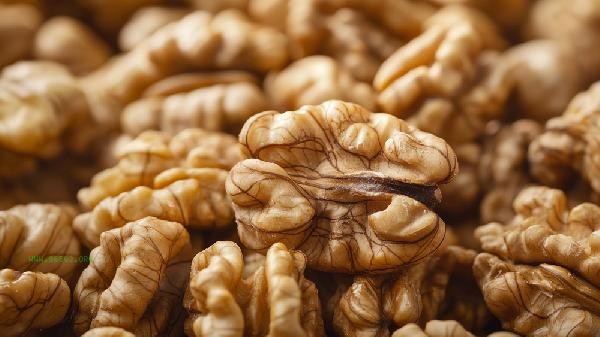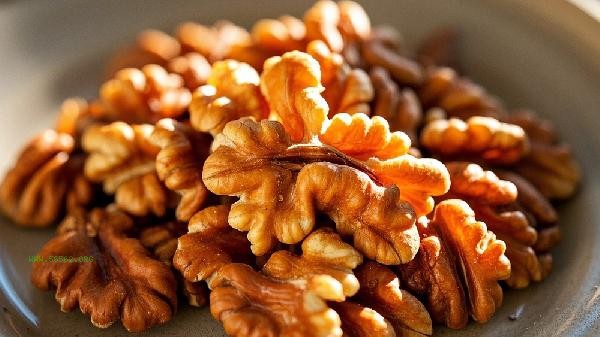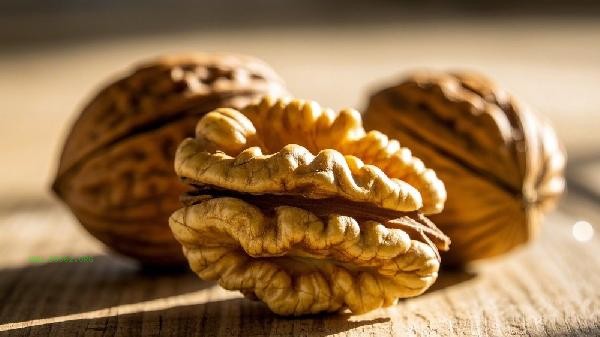Walnut skin can be quickly removed by soaking in hot water, microwave heating, refrigeration and freezing methods. Walnut skin contains substances such as tannic acid, which has a bitter taste, but has a certain antioxidant effect. After peeling, it is more suitable for direct consumption or cooking.

1. Hot water soaking
Soak the walnut kernels in hot water at around 80 degrees Celsius for 5 minutes. When the water temperature drops to no longer hot, gently rub them with your hands to peel them. Hot water can soften the fibers of walnut kernel skin and partially dissolve tannic acid, resulting in the highest degree of separation between the skin and the kernel. Note that the water temperature should not be too high to avoid damaging the high-quality protein and vitamin E of walnut kernels.
2. Microwave Heat
The walnut kernels should be spread flat on a plate and microwave heated on medium heat for 30 seconds before taking them out. Rub off the outer skin while it is still hot. The thermal effect generated by microwaves will cause the moisture in walnut kernels to evaporate and shrink, creating gaps with the kernels. This method has high efficiency, but it requires strict control of time to avoid oxidation of unsaturated fatty acids caused by high temperatures.
3. Refrigerate and freeze
Fresh walnut kernels are sealed and frozen for 2 hours. After removal, they are quickly reheated with normal water. Changes in temperature can cause the skin to become brittle and crack. Freezing method can maintain the integrity of walnut kernels and is suitable for cooking needs that require preserving the entire shape of the kernel. Freezing for more than 4 hours may affect the taste, it is recommended to consume as soon as possible after peeling.

4. Bake in oven
Preheat the oven to 150 degrees and put in walnut kernels to bake for 5 minutes. Remove and cool slightly before rubbing the skin. Baking can make the skin lose moisture and become brittle, while also stimulating the aroma of walnuts. Pay attention to color changes, as baking for too long can cause oil to seep out. It is recommended to use an oven with hot air circulation function.
5. Hand peeling
Use your thumb nail to gently scrape along the depression of the walnut kernel, then pinch both ends and spread them outwards. Traditional methods cause minimal damage to walnut kernels and are suitable for small-scale processing. Can be used in conjunction with toothpicks to assist in peeling off stubborn skin, and attention should be paid to keeping hands dry during processing to prevent slipping.

It is recommended to seal and store walnut kernels in the dark after peeling to avoid oxidation and deterioration of unsaturated fatty acids. The daily consumption should be controlled within 20g. Those with weak gastrointestinal function can add walnut kernel powder to Congee. Although walnut skin is bitter, it contains polyphenolic substances that can be selectively retained according to its use. If walnuts with skin need to be stored for a long time, it is necessary to maintain a dry and ventilated environment and regularly check for mold growth.








Comments (0)
Leave a Comment
No comments yet
Be the first to share your thoughts!